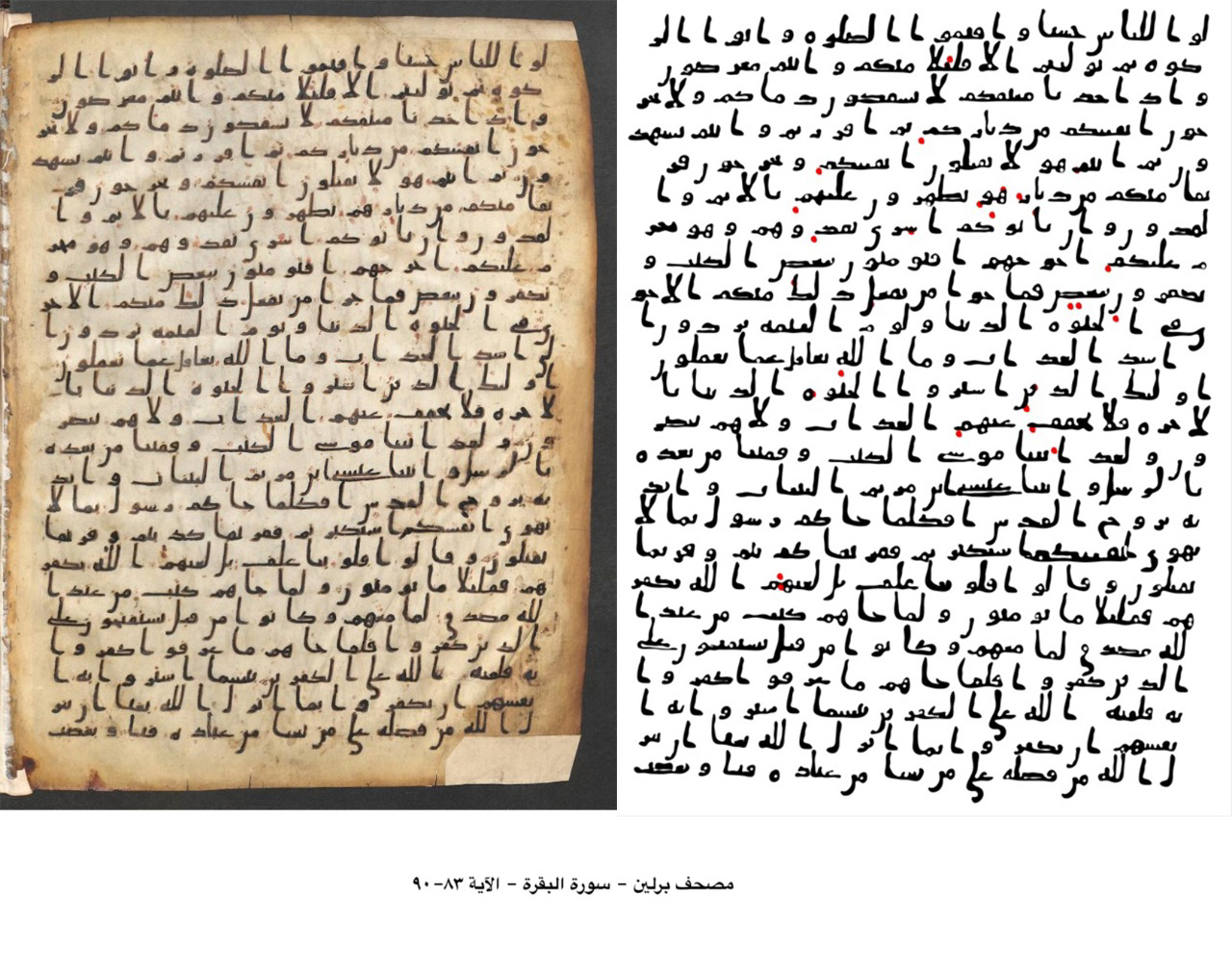
The Institute of Manuscripts and Revival of Islamic Heritage at Umm Al-Qura University initiated an unprecedented scientific study about the Early Qur'an Manuscripts compiled during the era of the Messenger of Allah, may the blessings and peace of Allah be upon him, and the era of the rightly-guided caliphs.
The study focused on technical aspects, such as Arabic calligraphy and inscriptions, and the types of paper used: papyrus and others, via data on Hijazi calligraphy as well as archaeological evidence.
The research was conducted by a selection of specialized researchers from several Saudi and Arab universities, led by Prof. Prof. Adnan ibn Muhammad Al-Sharif Al-Harithi, Professor of History and Islamic Civilization at UQU.
The project involves the study of five Qur'an manuscripts, which are available in the libraries of five international universities in Europe, in addition to several inscriptions on stone and papyrus leaves.
The aim of the project was to provide a specialized and comprehensive vision in order to understand the early Qur'an writing system and to precisely define the history of these Qur'anic manuscripts which were compiled in the first half of the first Hijri century. The study was based on a set of standards as well as linguistic, Qura'nic and technical studies.
Many features of the early Qur'an manuscripts that were influenced by the Nabataean writing system, or Hijazi calligraphy, were listed in the study.
The project gathered useful objective knowledge, paving the way for a well-grounded scientific discussion with the researchers in the West about their skepticism on the reliability of the Qur'an, its authenticity, and the early manuscripts of this holy book. This project also serves as a base to launch other studies concerned with the study of early Qur’an manuscripts.
The most important fruits of this study include two scientific works:
Firstly, a scientific production: approximately 950 pages compiling all the information related to the manuscripts, and an appendix including photos, illustrations, and inscriptions etc.
Secondly, a scientific essay in English which was published in a specialized scientific journal: The Journal of the General Union of Arab Archaeologists. The essay has been viewed more than (15000) times in the scientific circles.
The Dean of the Institute, Dr. Saeed bin Ali Al-Ghamdi, praised the support and guidance the institute receives from the UQU President, His Excellency Prof. Abdullah bin Omar Bafail, and the UQU Vice President for Postgraduate Studies and Scientific Research, Prof. Abdul-Wahhab Al-Resini, confirming that the institute will continue serving the Islamic heritage in such a manner which achieves the university mission emanating from its noble location and status. He also extended his thanks to the project team.
To review the scientific publication: Click here